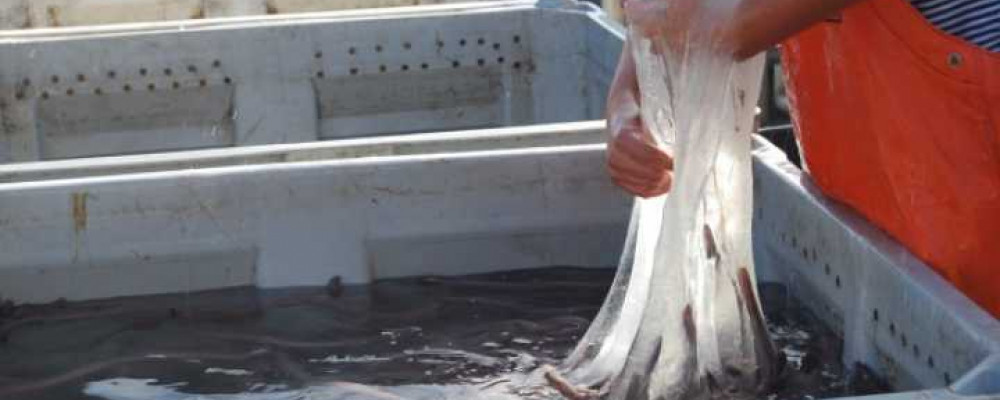
Developments In Sustainable Fibres: Hagfish Slime
As the demand for sustainable textiles increases, we are often forced to explore unusual and sometimes even peculiar prospective sources. We've already explored fabrics made by spiders, extracted from fish and even mushrooms. The newest addition to this list of curious natural sources with immense potential is the interestingly-named, biomaterial Hagfish Slime.
#Natural fabrics made by spiders, mushrooms... and now one called 'Hagfish Slime'!?

I wouldn't be surprised if you find the name unappealing! However, this natural material has immense scope to give rise to a next-generation fabric that is extremely eco-friendly. As I discuss more about it, you will soon see why.
What is Hagfish Slime?
The hagfish are primitive, marine creatures that live near the ocean floor. They resemble eels and are scavengers that feed on dying aquatic creatures. The animal produces slime as a protective mechanism. When threatened by a predator, the hagfish immediately releases mucus to choke the attacking animal and force it to retreat. (Nice).
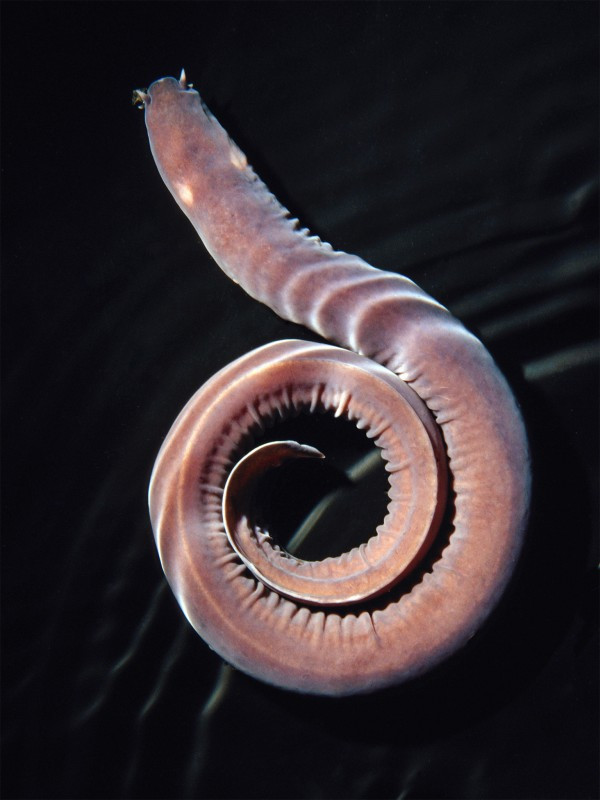
This hagfish slime has a fibrous structure. Due to its special properties, it doesn't dissolve in water - as you'd expect, as armour for underwater defence. Instead, it forms an opaque, viscous gel. This gel can be stretched out and is strong. It is also noteworthy that the hagfish can produce a huge volume of gel each time it's threatened.
How is it produced?
Douglas Fudge, biologist at Canada's University of Guelph has done extensive research on two breeds of hagfish. His studies reveal that the slime strands are made inside special cells in the hagfish body. The cells produce tiny coiled skeins that resemble yarns of thread. These skeins are released when the animal is stressed. When it reacts with seawater, the skeins unravel and form a sticky goo.
Another researcher, Lukas Boni, and his team of Swiss scientists have also studied hagfish and their slime production. They observed that the viscosity of the slime depends on the type of fluid in which the hagfish is placed, so could perhaps therefore be altered.
How can it be used in textiles and other products?
The structure and texture of hagfish slime is comparable to synthetic fibres like nylon, Lycra and spandex. Therefore, it can be considered as a sustainable substitute for applications that involve these fibres. For instance, hagfish slime could replace nylon and spandex in stockings, sportswear and stretchable clothing, meaning we can have clothes that possess elasticity without using crude oil-derivative polymer fabrics.
Apart from use in textiles, (now this is really fascinating) the material will also work in biomedical applications - inside the human body. It could be used in surgery, to contain blood flow in accident victims. The viscous nature of the material can also be put to use in biomedical devices and sensors.
Properties
Hagfish slime has many desirable properties like elasticity and strength. The fibres are thinner than strands of hair, but are long and strong. When the fibres in the slime are stretched in water and dried, the resulting fibres resemble silk.
Like spider silk, hagfish slime is made of natural proteins. However, they have a smaller structure and so should be easier to replicate.
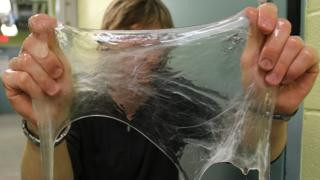
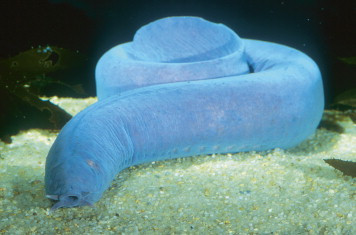
Lukas Boni and his team also discovered that hagfish slime is a non-Newtonian fluid. This means that the viscosity of the fluid increases or decreases, depending on environmental factors. So, hagfish slime thickens and the adhesive properties are greater when the animal has to escape a predator. However, when it gets stuck in its own goo and has to escape, it uses a thrashing motion that causes the slime to thin and release it.
Absolutely fascinating #wildlife #science lesson about a #sustainable #fabric opportunity...

Why is it sustainable?
Although hagfish slime is naturally produced by hagfish in the wild, scientists don't intend to harvest slime from the animal directly. One reason for this is that there is very little information available on this animal. Since it has never been bred in captivity, domestication of the hagfish for fibre production on large-scale will take time.
They are instead involved in detailed study of the protein structure of threads in hagfish slime. Since these threads are small, it should be possible to replicate the gene structure and implant into bacteria. This would provide a working alternative to artificially produce slime on a large-scale for various uses.
The good thing about this method is that bacteria used for this purpose are renewable resources. Unlike synthetic fibres like nylon and polyester, they don't cause pollution or disrupt habitats and communities with oil drilling. They also do not consume resources or involve chemical use like cotton and other natural fibres. Hence it is a green, eco-friendly option and a viable substitute for existing fibres.
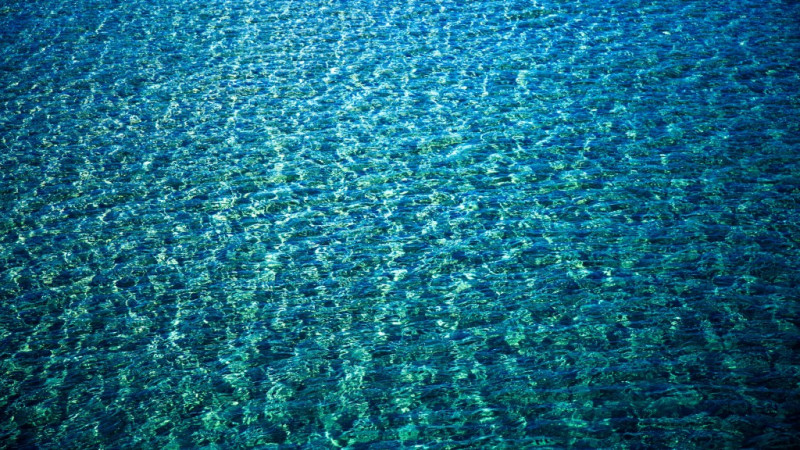
When could it be available?
Fudge's team has succeeded in harvesting small amounts of thread from hagfish slime. They did this by placing a thin self-supporting film of the proteins in a salt solution, then grabbing it and lifting it so it falls into a single strand.
However, we're still nowhere near making fabric from these threads. Fudge is also apprehensive about the possible reaction to the product by customers, given its unusual (and somewhat gross) origin. Although the concept of silk and its production may have seemed bizarre to us as it was first developed too. So while it may need a major re-branding to be accepted by the general population, we can't discard the potential that hagfish slime brings to the textile world. If the scientists involved in the study of this thread are successful, hagfish slime might be the answer to our pressing need for sustainable fabrics and be an indispensable part of our wardrobes in the future.
A new #sustainable fibre opportunity using a sea creature's mucus! #scienceiscool - #stayinschool

If you enjoyed reading this post and want to hear more about the crossovers between fashion, science and the environment, and what this means for the future of our planet and the textile industry then please sign up for our newsletter!
